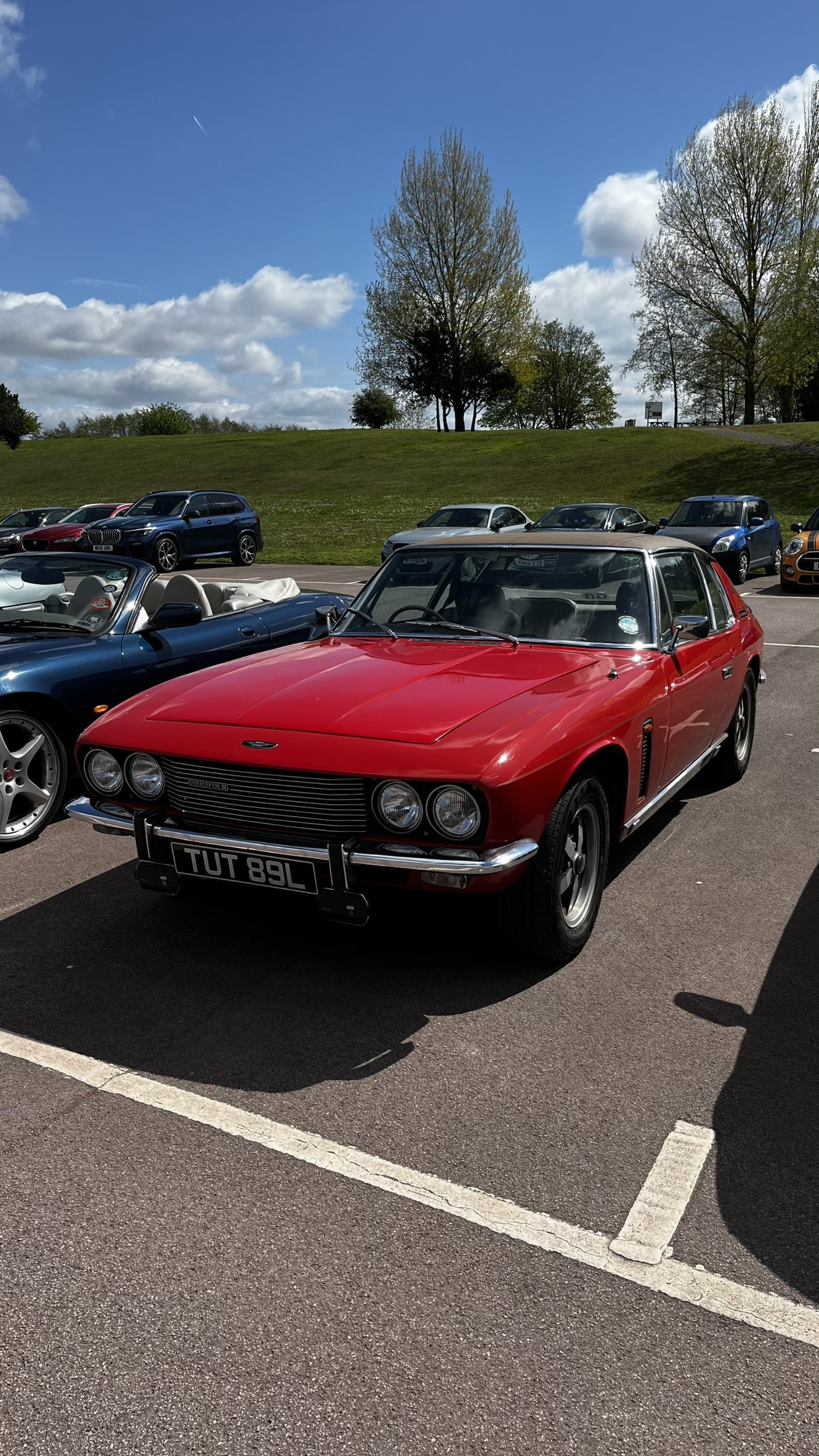1966 Jensen Interceptor
The Jensen Interceptor, introduced in 1966, is a unique blend of British craftsmanship and American power. Known for its distinctive design, luxurious interior, and robust performance, the Interceptor has earned a special place in automotive history. This article delves into the origins, design, engineering, and legacy of the Jensen Interceptor, exploring why it remains a beloved classic among car enthusiasts.


The Jensen Interceptor was conceived during a time when Jensen Motors sought to revitalize its brand and compete in the luxury grand tourer market. After the success of the Jensen C-V8, the company aimed to create a car that combined elegant styling with powerful performance, capable of competing with the best from both Europe and America.
The Interceptor name was resurrected from an earlier model produced by Jensen in the 1950s. The new Interceptor was a significant departure from its predecessors, both in design and engineering. Jensen collaborated with the Italian design house Carrozzeria Touring to create the initial styling, which was later refined and built by Vignale.

The design of the Jensen Interceptor is a masterful blend of Italian flair and British refinement. The car features a long, sweeping bonnet, a distinctive curved rear window, and a wide, aggressive stance. Its elegant lines and muscular proportions give it a timeless and imposing presence. One of the most striking features of the Interceptor is its large, wrap-around rear window, which not only enhances the car’s aesthetic appeal but also improves rear visibility. This unique feature became a signature element of the Interceptor’s design and set it apart from its contemporaries. Inside, the Interceptor exudes luxury and comfort. The interior is adorned with high-quality materials, including leather upholstery, wood trim, and chrome accents. The cabin is spacious and well-appointed, with a focus on providing a refined driving experience. Features such as air conditioning, power windows, and a sophisticated sound system were available, underscoring the car’s luxury credentials.
Under the hood, the Jensen Interceptor boasted American V8 power, which was a departure from the smaller engines typically found in British cars of the era. The Interceptor was initially powered by a Chrysler 6.3-liter V8 engine, producing around 325 horsepower. This engine provided the car with impressive performance, allowing it to accelerate from 0 to 60 mph in just under 7 seconds and reach a top speed of around 140 mph. In 1971, Jensen introduced the Interceptor SP (Six Pack), which featured a more powerful 7.2-liter V8 engine with three twin-barrel carburetors, delivering up to 385 horsepower. This variant further enhanced the car’s performance credentials, making it one of the most powerful grand tourers of its time. The Interceptor also featured advanced engineering for its era. It was equipped with independent front suspension, a solid rear axle, and power-assisted disc brakes on all four wheels, ensuring a balance of comfort and handling prowess. The car’s robust construction and powerful engine made it a capable and enjoyable grand tourer.

Throughout its production run, the Jensen Interceptor saw several updates and variants. The Interceptor Mark II, introduced in 1969, featured minor styling revisions, improved suspension, and upgraded interior features. The Mark III, launched in 1971, included further refinements such as a revised dashboard, optional anti-lock brakes (one of the first production cars to offer this feature), and the introduction of the more powerful SP variant. In addition to the standard coupe, Jensen also produced convertible and hatchback versions of the Interceptor, catering to a broader range of customer preferences. These variants retained the performance and luxury of the coupe while offering different body styles to suit various tastes.
The Jensen Interceptor quickly gained a reputation as a luxury grand tourer that combined British elegance with American muscle. Its powerful performance, distinctive design, and luxurious appointments made it a favorite among celebrities and enthusiasts alike. The car’s appearances in popular media, including films and television shows, further cemented its status as a cultural icon. Despite financial difficulties that led to the end of production in 1976, the Interceptor’s legacy has endured. It remains a highly sought-after classic car, with enthusiasts and collectors appreciating its unique blend of style, performance, and luxury. The car’s rarity and historical significance contribute to its desirability, and well-preserved examples often command high prices at auctions.